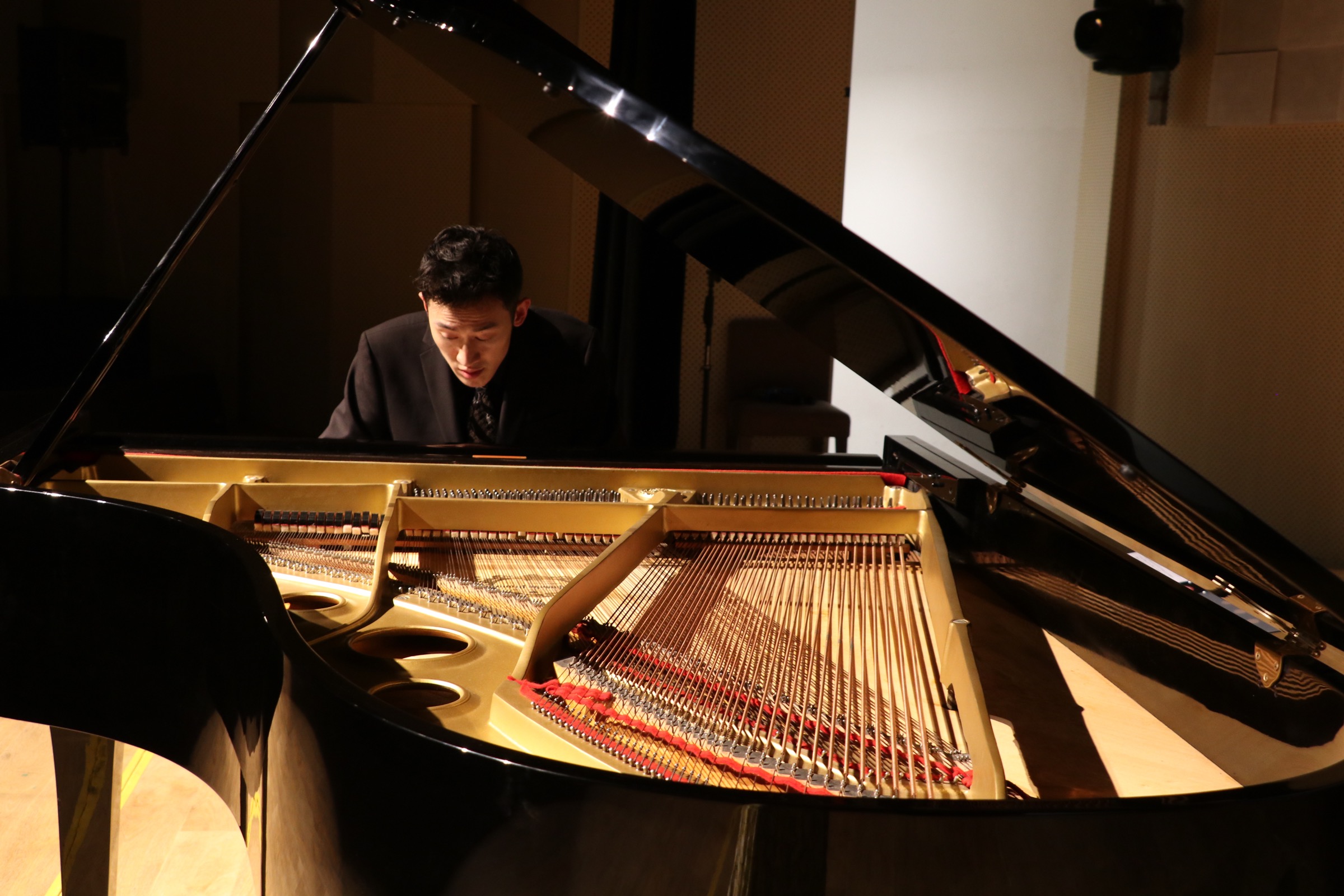
Is Clair de Lune Hard to Learn on Piano?
Claude Debussy’s Clair de Lune is one of the most recognizable piano pieces ever written. Its quiet beauty and slow tempo can make it seem approachable. Many beginner pianists list it as a dream goal. But believe it or not, it’s actually an extremely technically demanding composition.
This isn’t an easy piece, even if it doesn’t sound fast or aggressive. Like Beethoven’s Für Elise or the first movement of Moonlight Sonata, Clair de Lune is often misunderstood as accessible for beginners. In truth, it requires strong technique, musical maturity, and a high level of rhythmic control.
So how difficult is Clair de Lune, really? And is it ever realistic for an adult beginner to learn it? We will discuss it below.
And note that David Chang specializes in helping adult piano students (even beginners) start learning their goal piece right away. His unique methods allow students to start practicing a piece like Clair de Lune as soon as the third lesson, and you could be playing this piece in as few as 6-12 months. For more information, get in touch. David works with students around the world online, and offers piano lessons for adult students in Brooklyn at his local studio.
How Clair de Lune Is Leveled by Experts
In Jane Magrath’s authoritative book The Pianist’s Guide to Standard Teaching and Performance Literature, Clair de Lune is categorized as Late Intermediate to Early Advanced. That places it around Level 9 out of 10 in many American grading systems. The Royal Conservatory of Music (RCM) in Canada assigns it a Level 10. ABRSM, the popular U.K.-based system, generally places it in the Grade 8 category, which is near the top of their scale.
To put that in context, Für Elise is often considered Level 5 or 6. The Moonlight Sonata’s first movement sits closer to Level 6 or 7. These pieces can be played earlier in a student’s development, but Clair de Lune requires more from the performer. Its slower pace doesn’t make it easier, it actually makes it harder to hide mistakes!
The Technique is Not Easy
The piece asks for legato voicing that moves between registers, often with overlapping pedal work. Smooth transitions between fingered chords and broken arpeggios are common throughout. In many places, the right hand carries a melody that needs to sing above lush inner harmonies, while the left hand spans wide intervals with careful balance.
Students must also manage finger substitutions and complex cross-hand coordination in multiple sections. While there are no rapid-fire runs or flashy flourishes, the technical difficulty lies in nuance. Soft, slow passages don’t mean you can relax. They mean you need precision.
Harmony and Voicing For Mature Musicians
Clair de Lune is written in D-flat major, a key that contains five flats. That alone adds complexity, particularly for beginners who are more accustomed to simpler keys like C, G, or F major. Debussy’s harmonic language also introduces dense textures and chromatic movement that break away from traditional tonic-dominant phrasing. That makes sight reading more challenging and requires extra study of each phrase’s shape.
Voicing is another hurdle. There are sections where students must bring out the melody within a block chord while keeping the remaining notes quiet. This demands not only hand independence but a refined ear. Playing a note louder than its neighbor isn’t hard—playing one note softly while shaping another within the same hand is a much bigger task.
Other Composers: What Chopin to Learn First
Counting and Rhythm
One of the most misunderstood challenges of Clair de Lune is rhythm. The opening phrases use rubato and carefully placed rests to create a floating, lyrical sound. But these moments aren’t unstructured. They are supported by precise note values and specific markings. Later in the piece, Debussy introduces flowing sixteenth-note passages that require exact timing to line up with sustained notes in the opposite hand.
There are also cross rhythms—places where one hand plays triplets while the other plays duplets. These need to be executed evenly and musically. Inconsistent rhythm will quickly collapse the illusion of ease and make the piece feel clumsy.
So Why Do People Think It's Easy?
The same thing happens with Für Elise or Moonlight Sonata. These pieces are famous and often played with such grace that they appear accessible. Beginners hear them early in their piano journey and set them as goals, sometimes assuming they’ll be ready in a few months. The truth is that all three pieces require skills built slowly through years of progressive training.
But that doesn’t mean you have to wait years to get started.
At David Chang Music, You Can Start Sooner
In David Chang’s studio, adult students are encouraged to pick a goal piece early—even if it feels far off. Whether that piece is Clair de Lune, River Flows in You, or the theme from Spirited Away, the idea is to connect with music that motivates you.
By the third lesson, students typically begin learning simplified segments from their goal piece. That gives them a real sense of progress and shows how the techniques they’re building each week apply directly to something they care about. Within six to twelve months, a motivated student with consistent practice can work through the full version of Clair de Lune. That’s much faster than the traditional method book path, which might postpone that piece for several years.
David’s teaching style blends classical training with modern motivation strategies. Students receive weekly support, custom assignments, and creative exercises that break down complex phrases into manageable layers. There’s no pressure to perfect the piece on a timeline—but the steady progress is real, and the payoff is incredibly satisfying.
Final Thoughts
Clair de Lune is not an easy piece. It demands control, timing, careful voicing, and strong technical fundamentals. But in the right learning environment, with the right guidance, even beginners can begin exploring it earlier than they think. With dedicated lessons and a teacher who understands your goals, this once-distant masterpiece becomes a real possibility.
Interested in learning it yourself? Reach out to David Chang Music to schedule your first lesson. You’ll start working toward your goal piece in just a few days.





